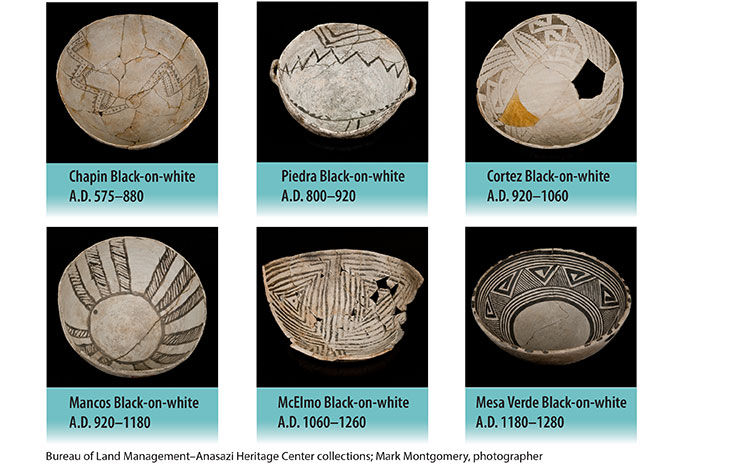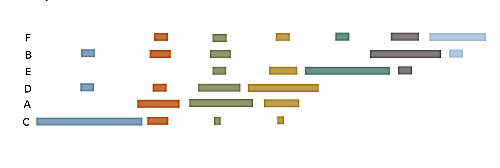Seriation has been an archaeological tool since the end of the 19th century and the beginning of the 20th century. Seriation is known as a technique used to arrange several artifacts, sites, and/or events in a chronological sequence such that each discovery has its own timeline and identity. It is also useful to archaeologists in depicting the order of their discoveries for informational and historical use. The first and most notable person to utilize this tool was Sir Williams Flinders-Petrie. Upon discovery of several cemetery sites along the Nile River, he found that there was no efficient way to chronologically order the sites. Eventually, he discovered a number of pottery artifacts across the cemeteries. By identifying the different styles of each artifact as they were discovered, he found that the change in style was evolutionary, just as a ford automobile has had stylistic changes since the Model A in 1903. Petrie was able to revolutionize archaeology. Instead of characterizing artifacts by their design, such as “Egyptian pots”, he was able to consistently identify what period in history an artifact had come from and what those findings revealed about other artifacts buried with it or around it (Hirst 2020).

Seriation works because the styles of items will always evolve over time. Thus, the original technique creates an effective, yet tedious way of matching an artifact to its time period. The most conventional method of seriation involves taking samples of a dig site or junkyard and picking apart the different artifacts in the pile until what is being searched for is found in its numerous styles. This information (based on the style of each artifact and at what site it was found in) is then graphed by hand.
Present day seriation techniques are much more technological. Computers run matrices to depict this same data much faster, just as any analytical data technique has evolved to incorporate computers and coding. The computers generate bar graphs that show the different styles of a specific artifact that are found at different sites. A more well-known technique that has almost replaced the original methods of seriation is radiocarbon dating. Radiocarbon dating implements the organic material of an artifact instead of only dating an item based on the way it looks compared to others. Countless other dating techniques implement pieces of the methods used for seriation such as stratigraphy, typology, and even DNA analysis. Seriation is an integral part of archaeologists’ discovery procedures and has assisted archaeologists in learning more and more about human behavior and connecting the past to the present.

References:
Brauer, George. June, 2006. “An Exercise in Seriation Dating.” Office of Social Studies Baltimore County Public Schools, Towson, Maryland. https://documents.saa.org/container/docs/default-source/doc-teachingarchaeology/seriation_lesson.pdf?sfvrsn=bdae50c0_6#:~:text=This%20method%20of%20assigning%20dates,and%20then%20trails%20off%2C%20sometimes
Hirst, Kris. Aug. 27, 2020. “An Introduction to Seriation.” ThoughtCo. https://www.thoughtco.com/seriation-scientific-dating-before-radiocarbon-170607
Other links for interest:

“Seriation works because the styles of items will always evolve” — What factors contribute to style development over time? What are some anomalies that might disrupt this trend that you observed?